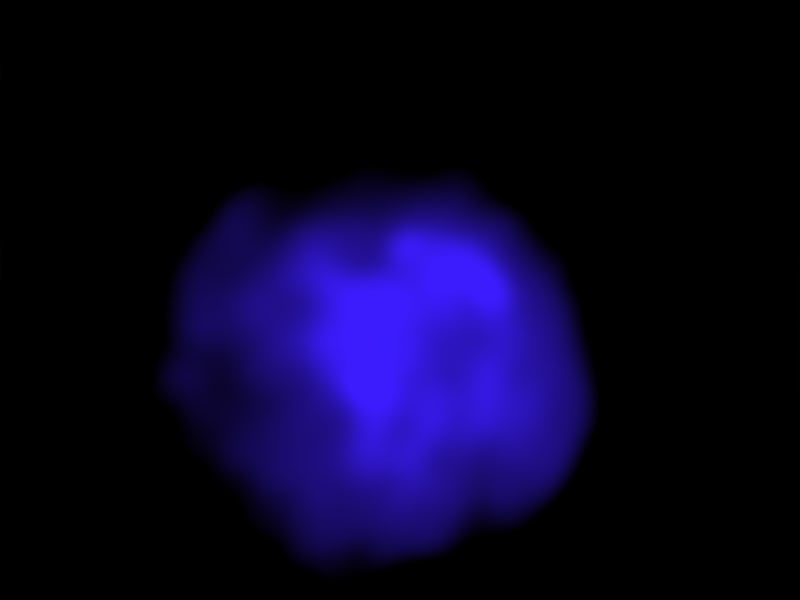Look: NASA photo reveals unusual supernova event
The supernova remanent is located about 19,600 light years away from Earth.

The universe often behaves in human-like ways. Gluttonous stars can swallow too much material and end up exploding in a rather dramatic fashion.
NASA’s Chandra X-ray observatory recently caught a glimpse of the explosive remnant of a Type Ia supernova, created after a white dwarf star pulled too much material from a nearby star, triggering an explosion.
The result is a glowing, cosmic crystal ball that stuns in bright colors in this recent image.
Three telescopes helped build the composite image: NASA's Chandra X-ray Observatory, NASA's Spitzer Space Telescope, and the National Science Foundation's Very Large Array.
The supernova remnant is located in the Milky Way, about 19,600 light years away from the Sun.
Supernovae are the leftover debris from a star’s demise. As a star nears the end of its life, it runs out of fuel and collapses onto itself under the weight of its own gravity. The result is a widespread explosion that sends material out into space.
The supernova was dubbed G344.7-0.1 and is around 3,000 to 6,000 years old.
The supernova remnant G344.7-0.1 is located about 19,600 light years from Earth in the Milky Way.
What is a type Ia supernova?
If left undisturbed, white dwarf stars can live up to billions or trillions of years.
But if a white dwarf has a stellar companion nearby, it starts to get greedy. The white dwarf will start pulling material from the nearby star until it becomes so unstable that it finally explodes in a supernova.
That explosion is known as a type Ia supernova.
What is left after a type Ia supernova?
The blast leftover from the supernova explosion creates a wave, which, along with the stellar debris, produces X-rays.
As the debris moves away from the point of the explosion, it faces resistance from the surrounding gas and slows down, which creates a reverse shock wave that travels back towards the center of the blast.
“Type Ia remnants like Kepler, Tycho, and SN 1006 are too young for the reverse shock to have time to plausibly travel backwards to heat all of the debris in the remnant's center,” the Chandra team wrote in a press release. “However, the relatively advanced age of G344.7-0.1 means that the reverse shock has moved back through the entire debris field.”
Type Ia supernova as a standard candle
Astronomers use Type Ia supernova as a cosmic candle that helps astronomers determine the distance to faraway galaxies.
This unusual type of supernova has a known brightness that aids in this cosmic quest. The behavior of the objects is fairly uniform. Based on their colors, brightness, and how fast they fade away, the type Ia supernova can be located and used to compare against other nearby stars.
Type Ia vs. Type II supernovae
While Type Ia supernovae are caused by a white dwarf swallowing up too much material and experiencing an explosive end, a type II supernova results from the quick, explosive demise of a massive star.
The star in question has to have a mass that’s at least eight times the mass of the Sun, but no more than 40 to 50 times the mass of the Sun.
Unlike other supernovae, a type II supernova will have hydrogen in its remnants and is typically found in the spiral arms of galaxies.
This article was originally published on